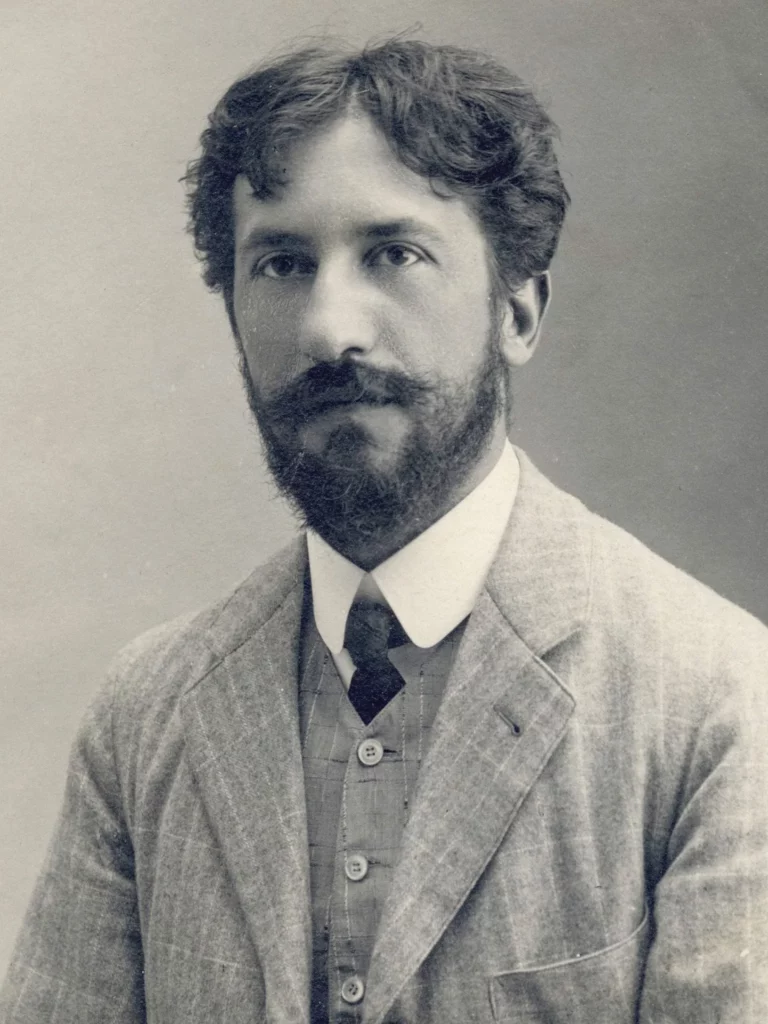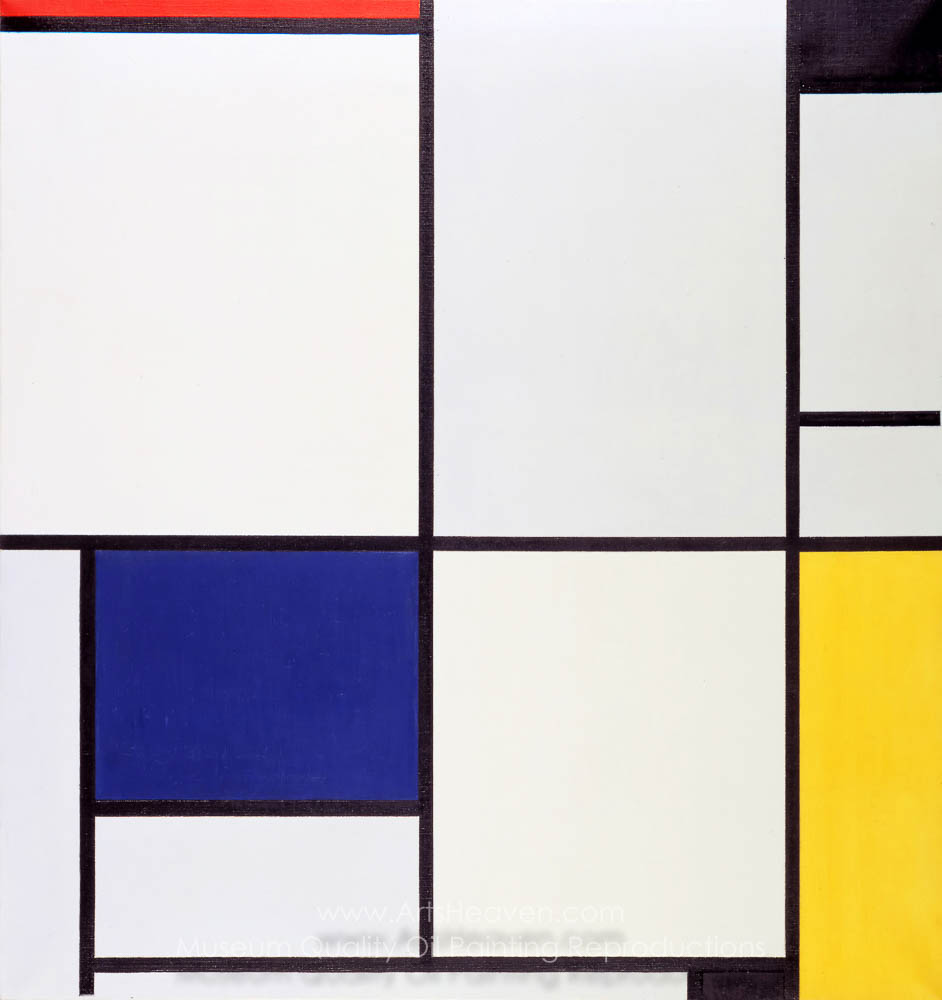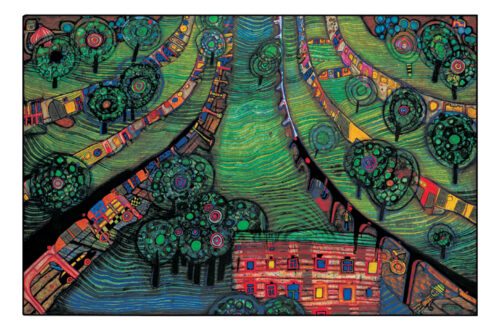Let’s embark on a journey into the captivating realm of Piet Mondrian, an artist whose revolutionary vision transformed the landscape of modern art. Hailing from the Netherlands, Mondrian rose to prominence as a pioneering figure in abstract art, notably through his involvement in the influential De Stijl movement. Among his seminal works, Tableau I stands as a testament to his innovative spirit and enduring artistic legacy.
Who was Piet Mondrian

Piet Mondrian was a Dutch painter whose creative odyssey reshaped the trajectory of art history. Born into an artistic family in 1872, Mondrian initially explored conventional subjects such as landscapes and symbolic imagery. However, his encounter with Cubism during his sojourn in Paris ignited a profound artistic metamorphosis. Alongside fellow luminaries Theo van Doesburg and Bart van der Leck, Mondrian spearheaded the De Stijl movement in 1917, advocating for a radical departure from representational art in favor of geometric abstraction and primary colors.
His Career
Mondrian’s artistic journey was marked by a relentless quest for purity and universality in art. Transitioning from figurative compositions to abstract explorations, he refined his aesthetic vocabulary to embody geometric precision and chromatic harmony. The grid structure and primary colors emerged as his hallmark, symbolizing his belief in the intrinsic order underlying the universe.
Tableau I

| Artist | Piet Mondrian |
| Date Created | 1921 |
| Medium | Oil on canvas |
| Genre | Abstract art |
| Period | De Stijl |
| Dimensions | 67.3 cm × 120.7 cm (26.5 in × 47.5 in) |
| Series / Versions | Part of a series exploring Neoplasticism |
| Where is it housed? | Kunstmuseum Den Haag, Netherlands |
Tableau I emanates a mesmerizing aura of geometric precision and chromatic vibrancy, encapsulating Mondrian’s singular vision of universal harmony. Composed of intersecting black lines delineating squares and rectangles, the canvas is punctuated by blocks of primary colors – red, blue, and yellow – arranged with meticulous precision. This meticulously orchestrated composition evokes a sense of dynamic equilibrium and spatial rhythm, inviting viewers into a realm where geometric forms and colors converge to evoke a transcendent aesthetic experience.
Mondrian’s fascination with the interplay between form and color is palpable in Tableau I, where each element is imbued with a sense of purpose and vitality. The stark juxtaposition of black lines against primary hues generates a visual symphony that resonates with a profound sense of balance and order. Beyond its formal qualities, Tableau I serves as a testament to Mondrian’s unwavering commitment to abstract purity, as he sought to distill the essence of reality into its elemental components.
Interesting Facts
Jazz Influence: Mondrian’s artistic vision was deeply influenced by his passion for jazz music. He admired the improvisational spirit and rhythmic dynamism of jazz, which found expression in his abstract compositions. Tableau I, with its pulsating energy and syncopated rhythm, mirrors the spontaneity and vitality of jazz, offering a visual counterpart to the musical innovations of the era.
Evolution of Neoplasticism: Tableau I occupies a central position in Mondrian’s exploration of Neoplasticism, an art movement he co-founded with Theo van Doesburg. Neoplasticism sought to transcend the confines of traditional artistic representation by emphasizing geometric abstraction and primary colors. Through Tableau I and its iterations, Mondrian articulated his vision of a universal aesthetic language grounded in geometric purity and spiritual harmony.
Continued Exploration: Mondrian’s creative journey was characterized by a relentless pursuit of perfection and refinement. Despite its apparent simplicity, Tableau I underwent multiple iterations, each subtly varying in composition and color scheme. This iterative process reflects Mondrian’s dedication to honing his artistic vision and exploring the boundless possibilities of abstract form.
Frequently Asked Questions
What is the meaning of Tableau 1 by Piet Mondrian?
Tableau number 1 unmistakably reflects the impact of analytical cubism. In this style, an object or figure undergoes dissection, fragmentation, and transformation into a multifaceted structure. The composition gradually evolves from the center outward, with shapes gradually losing definition towards the periphery.
What is Piet Mondrian most famous painting called?
One of Piet Mondrian’s best-known works is likely “Broadway Boogie Woogie,” completed in 1942-43, which also happened to be his final finished painting. He left an incomplete canvas titled “Victory Boogie Woogie.” The term “boogie-woogie” refers to a style of jazz music that enjoyed popularity before and during World War II.
Conclusion
Piet Mondrian’s Tableau I stands as a testament to his enduring legacy as a trailblazer in abstract art. Through its geometric precision and chromatic intensity, the painting invites viewers on a transcendent journey into the realm of universal harmony and geometric purity. Housed within the esteemed confines of the Kunstmuseum Den Haag, Tableau I continues to captivate and inspire audiences, reaffirming Mondrian’s status as a visionary artist whose profound insights into the nature of form and color transcend the boundaries of time and space. As we contemplate the radiant beauty of Tableau I, we are reminded of Mondrian’s enduring quest for a universal aesthetic language that speaks to the inherent order and harmony of the cosmos.












